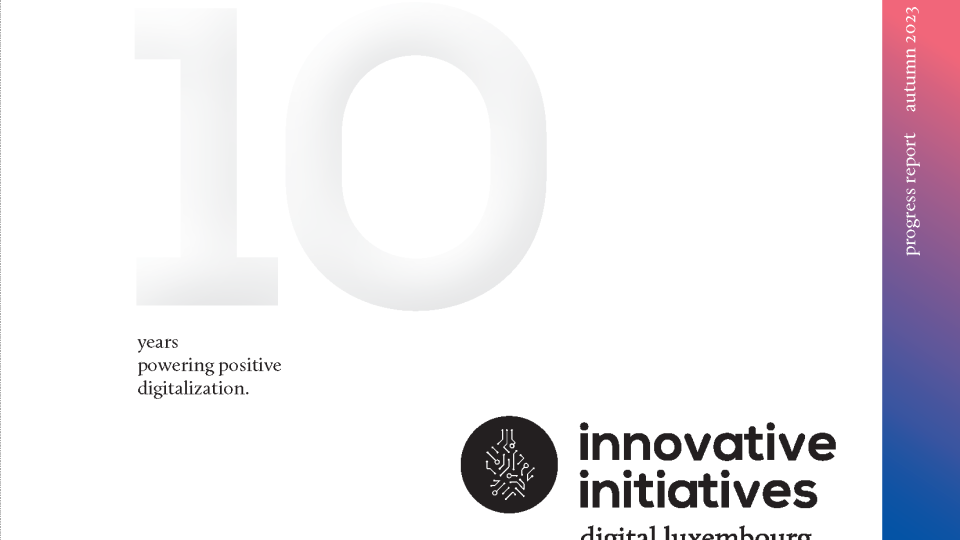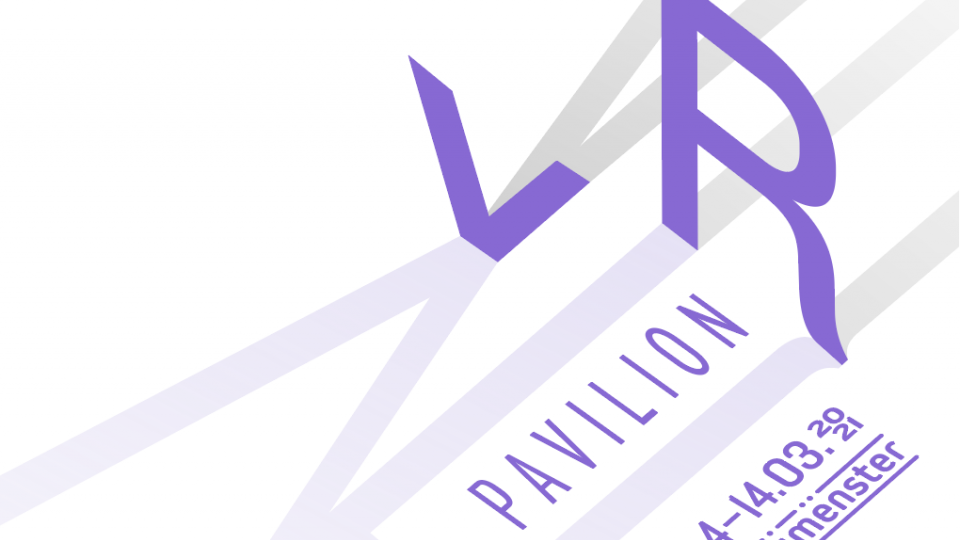Inviting all construction stakeholders to the table on day one
Typically, a construction project is organized like a relay race — with architects, engineers, city officials & other stakeholders entering the scene at different phases. On paper, this passing of the baton from one expert to the next sounds reasonable.
Anyone familiar with construction, however, knows that these projects rarely remain linear. Each stakeholder brings new perspectives, observations and constraints that result in frequent backtracking and reevaluating. For example, if an electrician notices a wiring hazard on day 100, the design from day five must be tweaked and re-approved, potentially affecting material suppliers, interior designers and more.
Over the last decade, the sector has seen a paradigm shift embodied in Building Information Modeling (BIM). This new approach recognizes that construction projects are not a chain but a web in which each detail affects another.
More eyes, better solutions
“The BIM process tries to put all stakeholders around one table from day one to collaborate on a project. It’s a new way of thinking regarding how we design and construct that’s supported by digital tools, ” explained Moreno Viola, Head of Project Management, CRTI-B (Centre de Ressources des Technologies et de l'Innovation pour le Bâtiment).
BIM combines smart 3D modeling and collaboration, resulting in projects that are constructed at the digital level first using input from all involved. With the ability to define the smallest details — from screw sizes to lightbulb brands — BIM removes the risk of surprises later down the line. Any necessary changes can be made with a couple clicks, instead of a couple weeks and a couple thousand euros.
“Many people confuse BIM as just going from 2D to 3D, but very often BIM is combined with a fourth dimension, which is time. They are not just graphical representations of what you want to build, ” Viola noted. “They are smart 3D objects showing details and timelines.”
BIM is not a software or proprietary concept that is owned by anyone. You will find it successfully applied in the UK, Scandinavia and in the final stages of rollout in Germany and France.
From isolated phases to a collaborative process
Luxembourg’s association of architects and engineers (OAI: Ordre des Architectes et des Ingénieurs-Conseils) kicked off the adoption process in the Grand Duchy. While discussing new digital tools and software solutions, it quickly realized that collaboration was at the heart of BIM. Implementing it amongst themselves alone would prove ineffective.
OAI then reached out to the CRTI-B — a not-for-profit, independent organization comprised of all stakeholders within Luxembourg’s construction sector.
“As a trans-sector platform, we are in a unique position to combine the interests of all construction-sector stakeholders, making it possible for us to implement new and innovative technologies rather quickly, ” Viola added. “We now have an official mandate from the government to develop the BIM strategy in Luxembourg and to help implement it.”
When CRTI-B first launched the BIM working group, it identified two phases: 1) BIM resources (guides, website & handbook) and 2) rollout (pilot projects & testing). Phase one is complete and, in parallel with phase 2, the team is developing legal guides, documentation and training programs for all stakeholders.
The aim of these courses is to help sector players transition to thinking of construction as one collaborative process rather than a series of isolated activities. In the long term, CRTI-B aims to serve as a centralized hub for all things BIM.
Construction joins the digital race
A collaborative approach to building benefits the public through shorter construction times, more efficient planning, less waste & better quality — take for example a building project in France that used BIM to calculate traffic flow and plan accordingly to prevent congestion.
As-built documentation is another byproduct wherein building owners receive a comprehensive record of their property: materials, technical equipment and companies involved. This improved transparency and reporting makes it easier for owners to safely maintain and manage their buildings.
Further down the road, BIM will be the channel that enables material banks: a new concept that tracks the materials used in a structure or district. Eventually, such banks could inform a circular economy.
As with most game-changing ideas, the biggest challenge remains an attachment to old mindsets. In construction specifically, sharing know-how is uncommon: “When we went from drawing to computer-aided design, people were skeptical too. We have a similar situation right now, ” Viola concluded. “BIM is a huge leap for the construction sector in the race to make use of digitalization.”







